America’s new stealth bomber begins taxi tests ahead of first flight
- By Alex Hollings
Share This Article
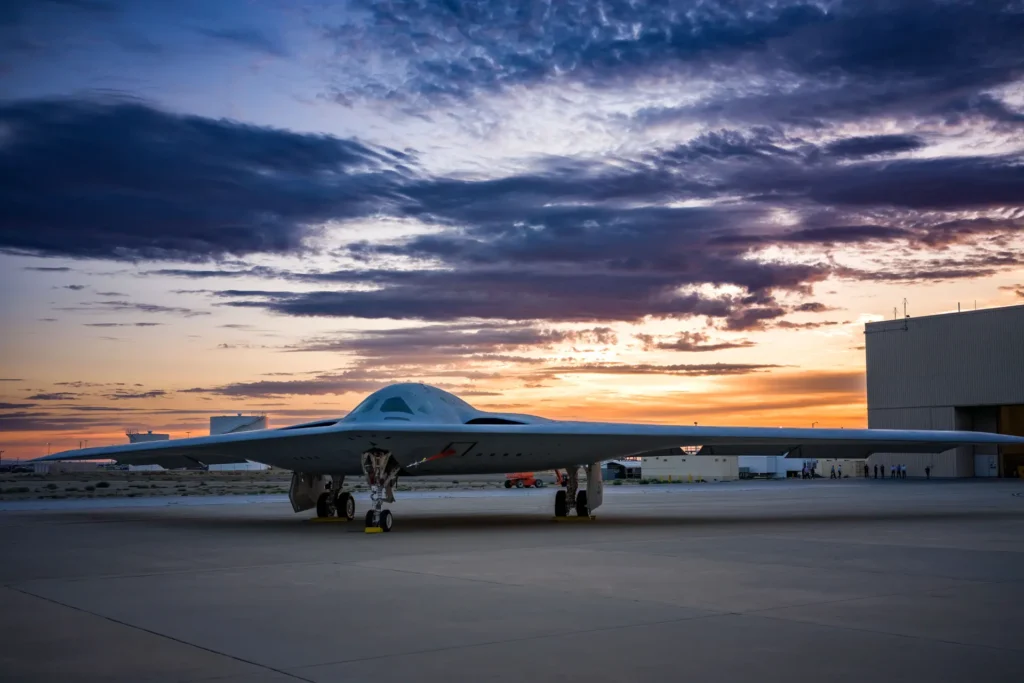
America’s forthcoming stealth bomber, the Northrop Grumman B-21 Raider, has officially begun runway taxi testing under its own power, according to reports, marking a significant step toward taking flight later this year.
News of this milestone first reached us by way of The Warzone, who were able to confirm the B-21 had begun these tests via an unnamed spokesperson for the U.S. Air Force.
“I can confirm the B-21 is conducting ground taxi activities. Rigorous testing is a critical step in the B-21 flight test program,” an Air Force spokesperson told The Warzone. “Extensive testing evaluates systems, components, and functionalities. This testing allows us to mitigate risks, optimize design, and enhance operational effectiveness,” they said.
This news comes just months after Northrop Grumman announced the successful powering-up of the engines of the first test article B-21.
What are taxi tests and what’s next?
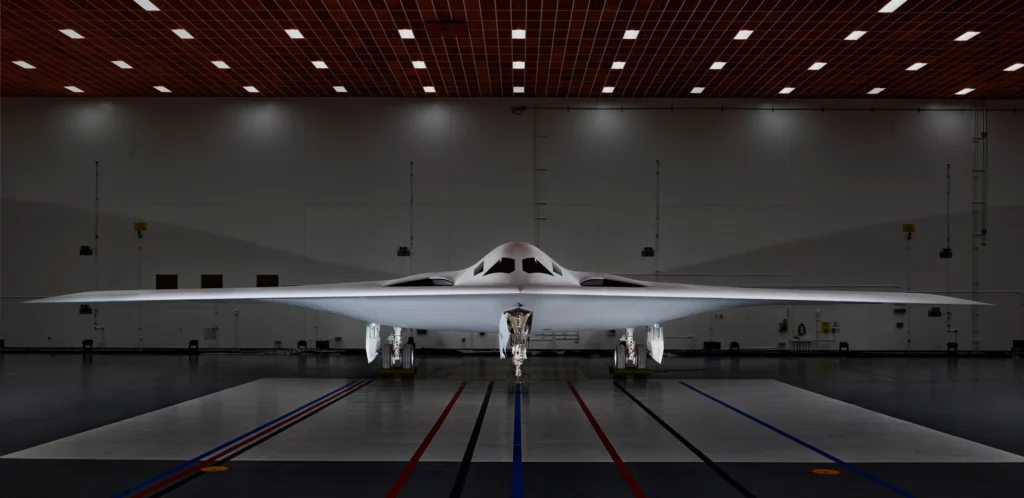
Taxi testing, also known as ground testing, test an aircraft on the ground as it taxis down the runway under its own power, uses its braking systems to stop, ensures there’s no interference with tug vehicles, and other similar tasks that any aircraft would be expected to complete on a regular basis.
Taxi testing allows the program’s engineers to look for and identify any potential issues or risks as the aircraft goes from crawling (taxi tests) to walking (flight testing) and eventually, to running (operational service).
After taxi testing is complete, any issues identified in testing will inform changes made to the aircraft prior to flight testing – which will see the aircraft actually take flight and progress through increasingly complex tasks meant to shake out problems that might arise through the rigors of combat operations. This step-by-step approach is vital to reducing risk when fielding a new aircraft.
That de-risking process is of particular importance for the B-21, which has seen a fair portion of its developmental testing conducted in a virtual environment. This has allowed the program to mature the aircraft design far faster than traditional methods, where an aircraft is flight tested to identify issues, followed by changes being made to the design and further testing of the new design until all the wrinkles are ironed out.
Instead, the Air Force believes the six or more B-21s already in production are close enough to their final form that they’ll go directly from test articles to fully operational aircraft when the Raider enters service – which is expected to happen in just a few years.
Related: What we have learned from the new B-21 Raider pictures
The B-21’s most impressive feat might be that it hasn’t already blown its budget

The B-21 Raider has been touted as the most technologically advanced and stealthiest, bomber ever to fly by American Defense officials and Northrop Grumman executives alike since the program first broke cover in 2015. But as remarkable as the design and technology housed within its radar-absorbent polymer-infused fuselage may be, perhaps the most impressive feat accomplished by the program thus far has been keeping development more or less on time and on budget.
The B-21’s timeline has slipped a bit over the past few years, thanks to unforeseeable complications like the COVID pandemic, but reports out of the highly classified effort have consistently suggested the Northrop Grumman-led effort has thus far avoided the budget-busting setbacks that have historically plagued advanced stealth aircraft.
The B-21’s predecessor, the B-2 Spirit, for instance, saw its total production numbers slashed as the Soviet Union fell and the program’s costs continued to rise. In 1988, the B-2 was reported to cost the United States some $450 million per airframe. By 1989, that price tag rose to $515 million, and today, most estimates place the actual cost of each of the 21 B-2 Spirits built at around $2 billion (or potentially as much as $3.7 billion per aircraft when adjusted for today’s inflation).
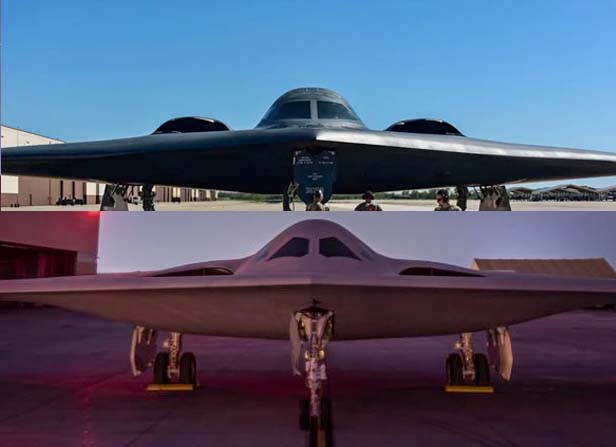
The B-21 Raider has seen its per-unit price climb in recent years, but not due to program setbacks. Instead, the program has had to adjust the per-unit price over the years to compensate for high levels of inflation. During early planning in 2010, America’s new stealth bomber was projected to ring in at approximately $550 million per copy. By 2019, that figure was adjusted to $639 million, and in late 2022, it was adjusted again to $692 million.
And while those price hikes may seem awfully large, when putting the figures through the inflation calculator provided by the Bureau of Labor and Statistics website, you’ll find that these increases don’t actually even keep pace with inflation over that same period. In other words, the projected unit costs of the Raider have seemingly dropped as inflation has continued to rise.
Instead, if the B-21’s 2010 price tag of $550 million per airframe was adjusted directly to 2023’s rate of inflation, current costs would actually be over $780 million per aircraft, meaning that now each aircraft is projected to cost nearly $82 million less than inflation would indicate.
Read more from Sandboxx News
Related Posts
Sandboxx News Merch
-

‘AirPower’ Classic Hoodie
$46.00 – $48.00 Select options This product has multiple variants. The options may be chosen on the product page -

‘Kinetic Diplomacy’ Bumper Sticker (Black)
$8.00 Add to cart -

‘Sandboxx News’ Trucker Cap
$27.00 Select options This product has multiple variants. The options may be chosen on the product page

Alex Hollings
Alex Hollings is a writer, dad, and Marine veteran.
Related to: Airpower, Breaking News
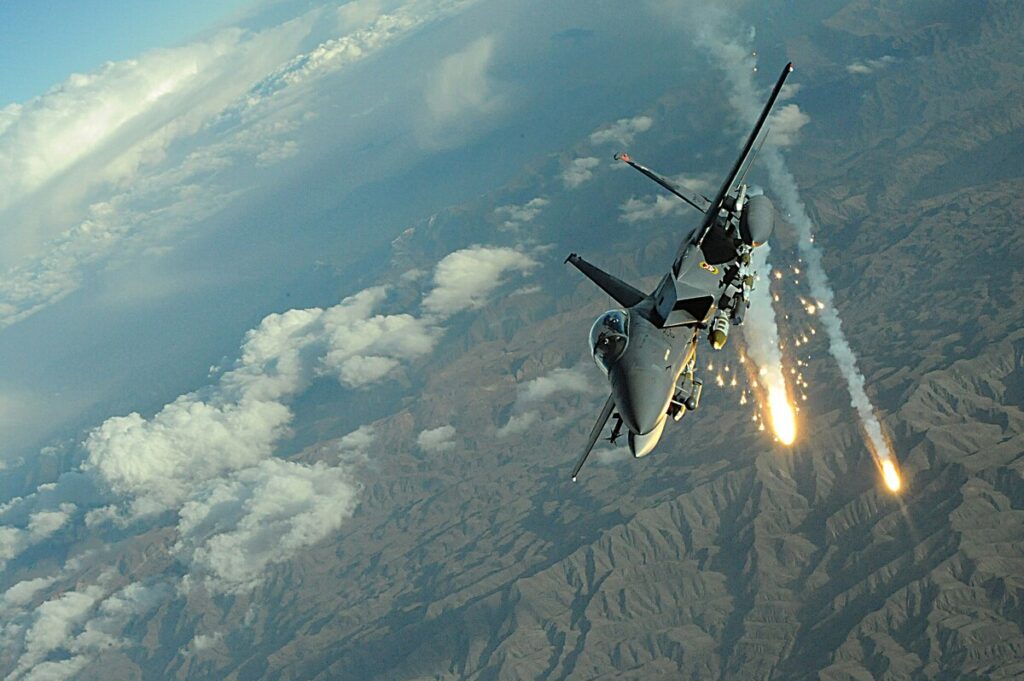
How an F-15E scored its only air-to-air kill… with a bomb
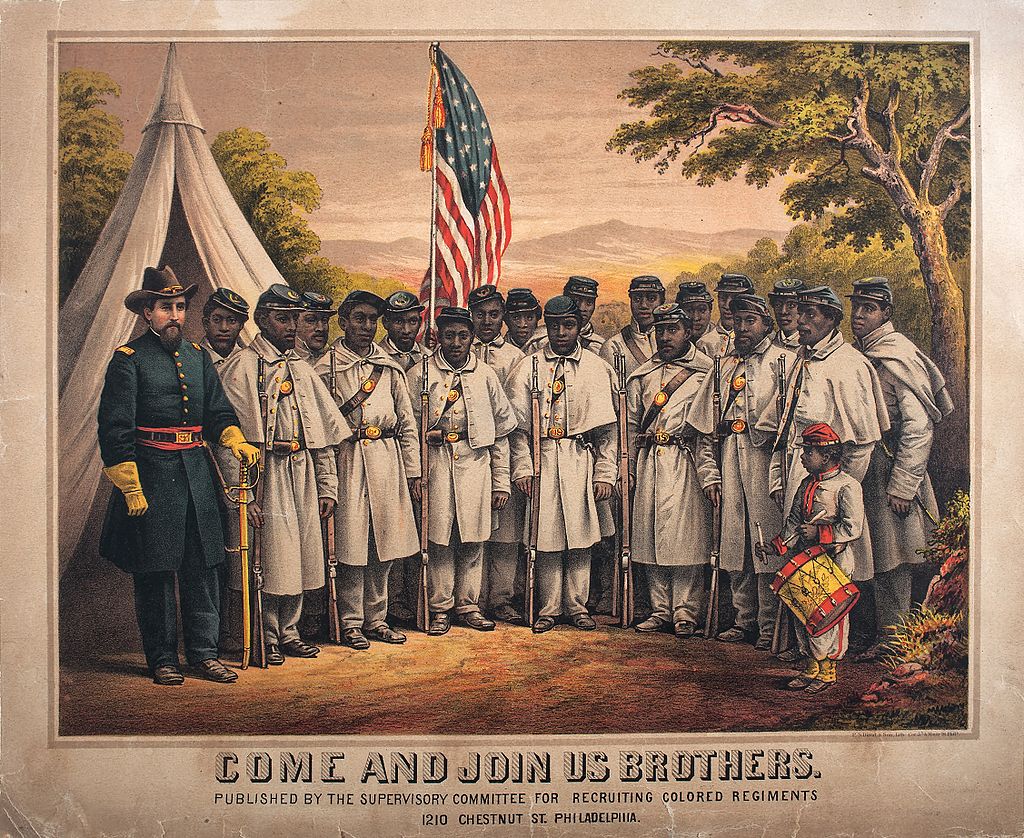
The military roots of Juneteenth and why we celebrate it
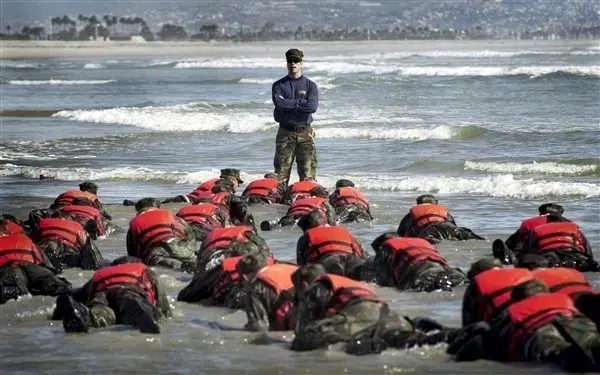
BUD/S instructors have their favorite games to make SEAL candidates suffer
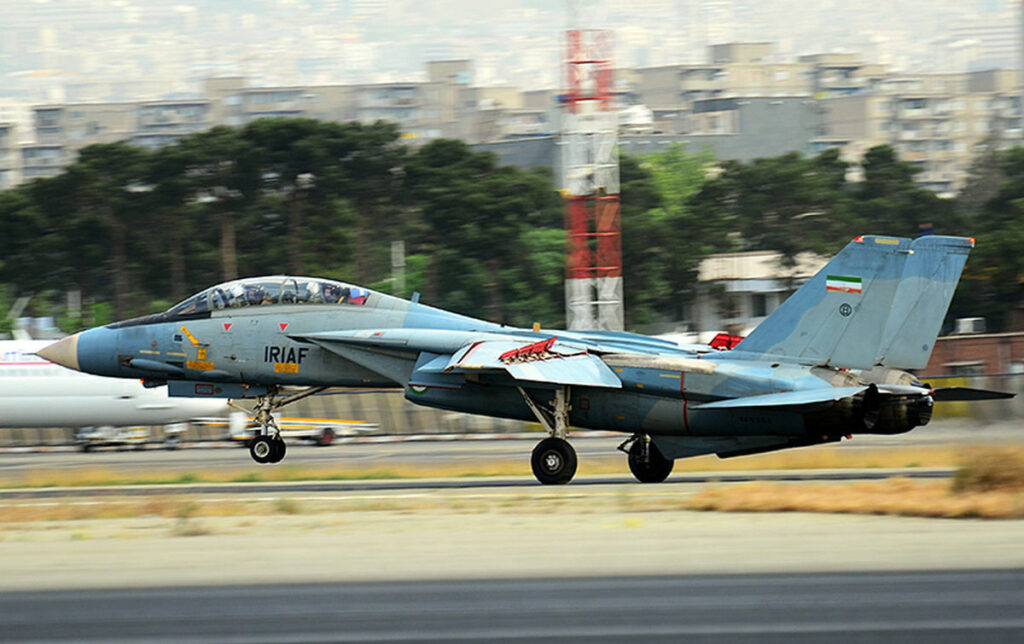
Israel wipes out Iranian F-14 Tomcats on the airstrip
Sandboxx News
-

‘Sandboxx News’ Trucker Cap
$27.00 Select options This product has multiple variants. The options may be chosen on the product page -

‘AirPower’ Classic Hoodie
$46.00 – $48.00 Select options This product has multiple variants. The options may be chosen on the product page -

‘AirPower’ Golf Rope Hat
$31.00 Select options This product has multiple variants. The options may be chosen on the product page -

‘Sandboxx News’ Dad Hat
$27.00 Select options This product has multiple variants. The options may be chosen on the product page
